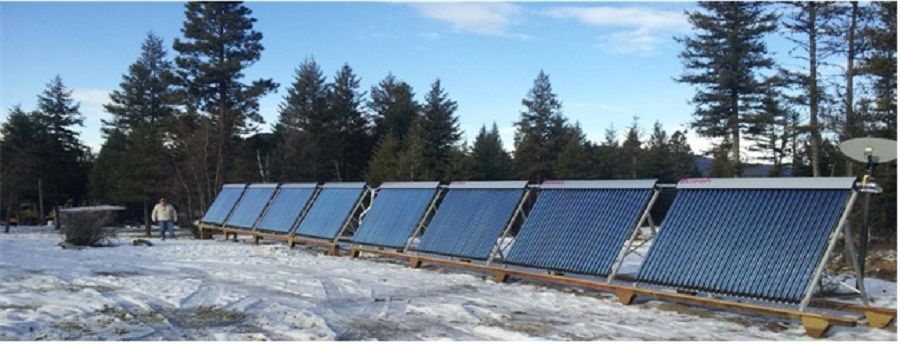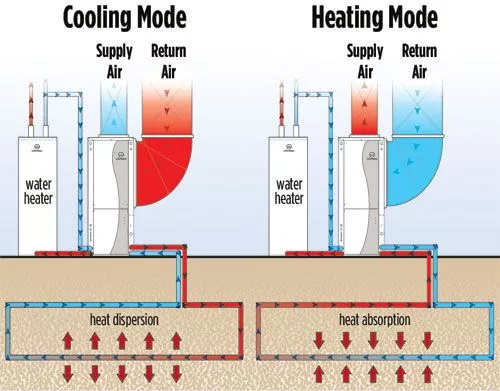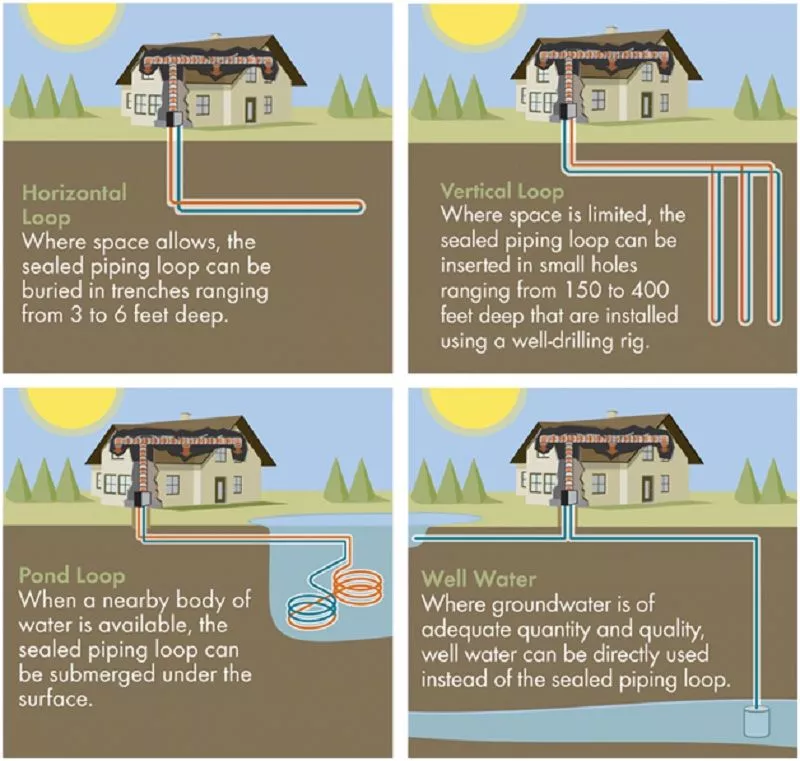Are you looking for a perfect way to harness the solar energy? If yes, then you can get it done through a solar home heating or a solar space heating kit. Both of the solar powered systems use the advanced solar vacuum tube collectors and can be able to work in minus 40 degree temperature.
When it comes to buying a solar home heater, you should definitely turn to Northern Lights heating systems. Their heaters work using a special solar glycol heating fluid. This fluid can operate even in arctic temperatures and high temperatures up to 480F.
How does a solar home heater work?
The solar evacuated tube collectors capture heat from the sun and move to house by using a closed loop system. After that, the heat can be transferred inside the home through the radiant floor heating loops, hydronic radiators or air to water heat exchangers present in a forced air furnace.

A solar differential controller and a pump are present in the kit to control the entire heating loop. However, the solar controller helps in maximizing the overall performance of the system by switching the pump on or off when required.
Most solar home heaters come with an energy storage tank. Generally, it’s highly insulated and is able to store heat during days until its requirement. However, most homes around Canada and Northern USA require more heat energy at night than day time because of absence of sun.
The solar energy is stored in the storage tank throughout the day for future use. Remember that, storage tank works like a battery in a solar PV system.
How does a solar home heating system work in dual zones?
Solar space heaters work really well, when they are combined with a secondary zone like residential hot water, pool, or a hot tub during summer. In this way, you can make the use of solar energy during summer and winter days.
Again if the summer zone is unavailable, the system needs to be covered during summer to shut it down. You need to buy special custom covers for solar home heating systems. However, the solar storage tank works like a residential hot water supply to your home. The hydraulic radiators or PEX tubing in concrete floors will pump out the additional energy.
A solar storage tank is integrated with a heater present in the furnace. The hot heating fluid energy is transferred to the air through an air to water heat exchanger or a hot water fan heater like a Modine.
What do you get in a solar home heating package?
- SunRain TZ-58 1800 30R Vacuum Tube Collectors
- Roof or Wall Mount Framing Kit
- Secondary SunRain Pump Station and Expansion Tank
- UL & CSA certified SolarStor Solar Water Tank that comes with built-in heat exchangers and 4.5 KW backup heating element
- Aurora Solar Flex ¾” OD stainless steel piping pre-insulated and weather proof with sensor wiring
- RESOl FlowSol pump station with integrated RESOL digital controller for dual heating zones
- All quick connect Aurora Flex Fittings for faster installation without soldering
- Varem expansion tank for solar heating
- ProSol LH-T high temperature (475F) solar heating fluid
- Spirotech AutoClose Solar Air Vent
- Positive displacement drill pump
- Complete solar heating system installation manual and free technical assistance
Bottom Line –
Are you thinking to buy a solar home heating kit? If yes, then you should look no further than 123 Zero Energy. For immediate help with your purchase, feel free to contact us as soon as possible at +1-800-317-9054!

